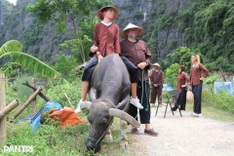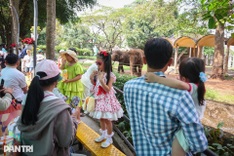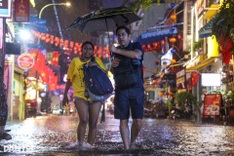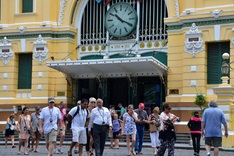
Tourists at Ban Gioc Waterfall
From September to November, Cao Bang enters its most picturesque season, with a cool climate and stunning natural scenery.
During this time, visitors can admire golden rice fields, misty mountain passes and romantic waterfalls and streams. The region is home to Tay, Nung, Dao and Mong communities, each with distinct cultural traditions reflected in attire, cuisine and festivals.
Ban Gioc Waterfall is an unmissable highlight. Located on the Vietnam–China border, it is considered one of Vietnam’s most beautiful waterfalls, the largest natural waterfall in Southeast Asia and the world’s fourth-largest cross-border waterfall.
Ban Gioc is over 60 m high, with its longest drop measuring 30 m. The waterfall cascades across layers of limestone, spreading hundreds of meters wide. A tree-covered mound at the centre divides it into three separate streams.
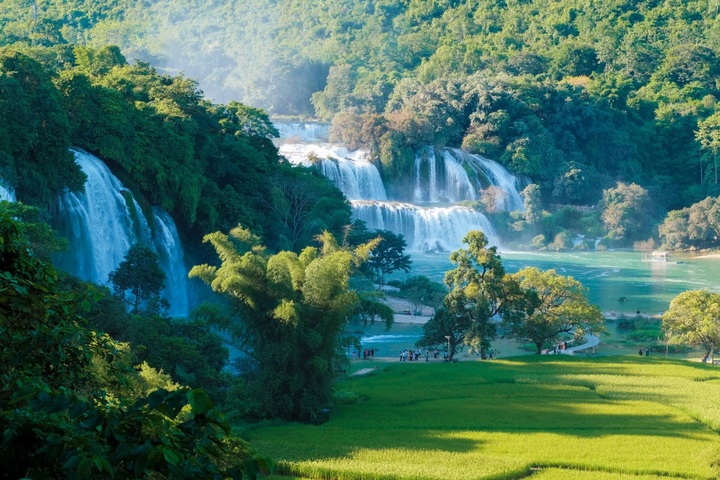
Accommodation options, including homestays and guesthouses around Ban Gioc, start from around VND 400,000 (approximately USD 16) per night, offering rest and wellness services inspired by local culture.

An art troupe of the Tay ethnic group in Cao Bang Province
Beyond Ban Gioc, Cao Bang features other attractions such as Nguom Ngao Cave, Phia Oac ecological area, Thang Hen Lake complex, Phia Den and several traditional craft villages.
Thung Mountain, part of the Thang Hen landscape about 40 km from Cao Bang town, is another favourite spot. At its foot lies a vast meadow where horses graze peacefully, an ideal setting for overnight camping.
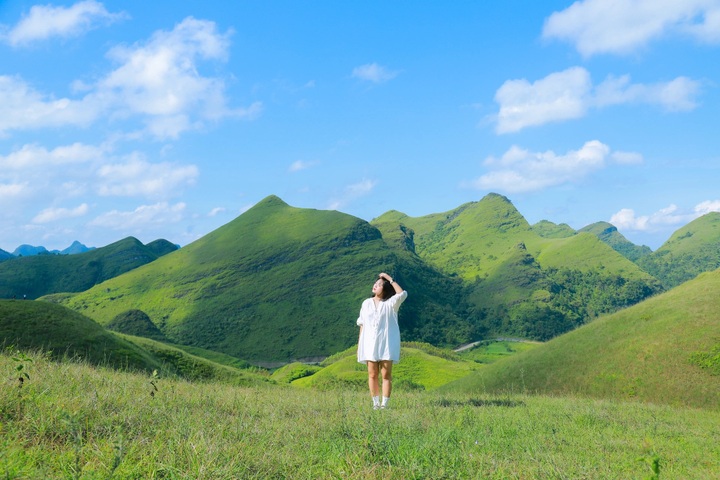
Cao Bang also offers culinary specialties such as steamed rice rolls with egg served in bone broth, roasted duck, chestnuts and corn wine.
A journey to Cao Bang typically fits well into a three-day, two-night itinerary by car from Hanoi. Travellers may explore independently or join organised tours priced between VND 3-4 million (approximately USD 120-160).










